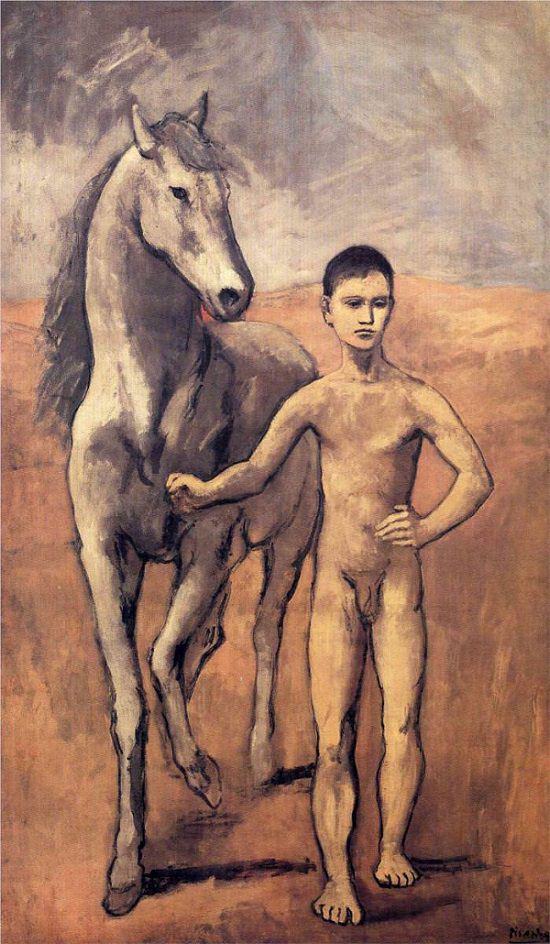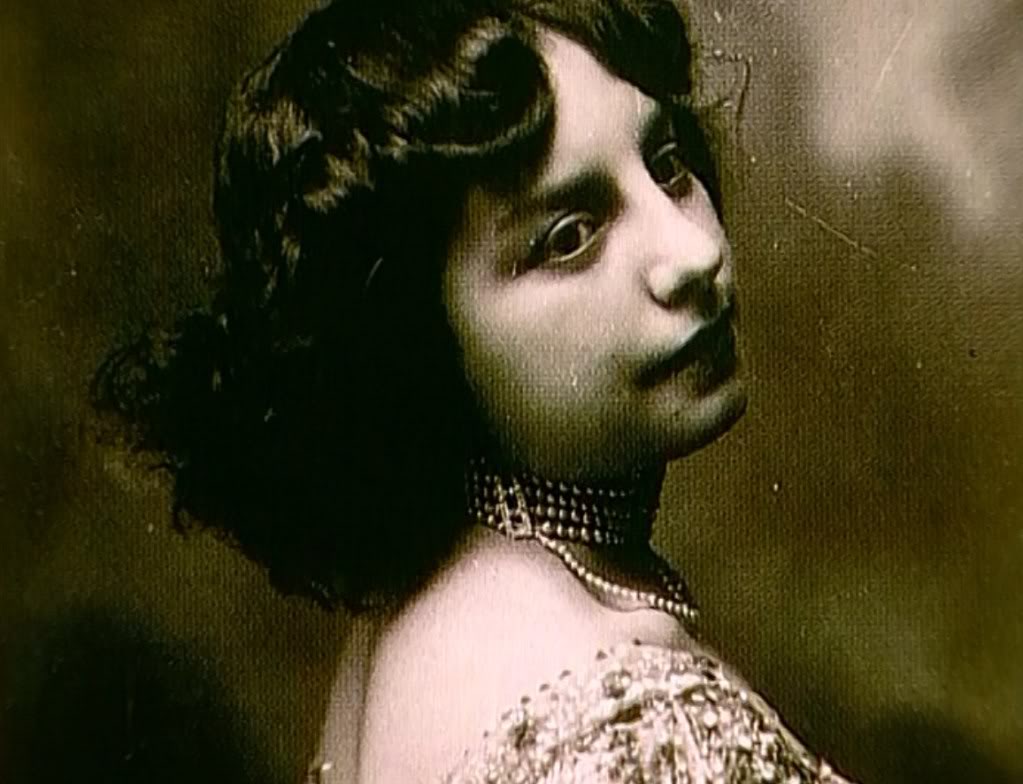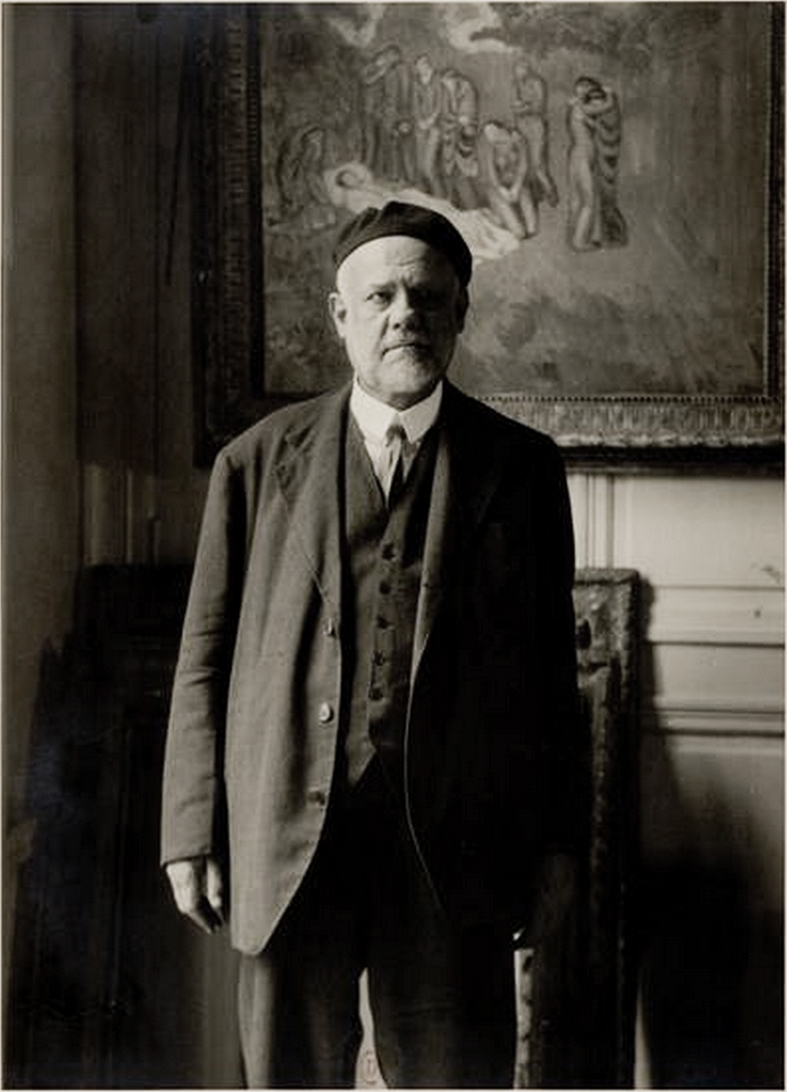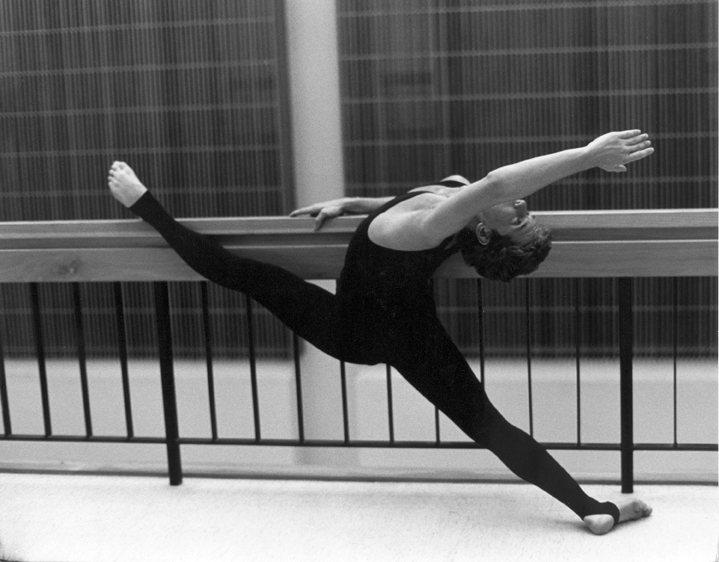
Yesterday, I stumbled upon a painting by Pablo Picasso entitled, “A boy leading a horse.” Even though I have seen the image my entire adult life, it was deeply moving to see it again.
The painting continued to pester me, well beyond the usual invitation. It seemed to beckon me to go deeper, connect, correlate events, recognize something richer, and more personal. After some time of viewing it, I finally remembered that this painting was the first work of art I purchased in 1979 when I moved to Austin.
Now, forty years later, I’m fascinated with why I selected this image, of all the posters to buy, why did I select this one? I decided to poke around the Internet and revisit Picasso’s life, when he painted this, and to reflect a bit on my own life at the time I bought it, to see if I could answer the question of why I selected this painting?
Picasso, as a young artist.
Before moving to Paris, Picasso was living in Barcelona with his best male friend, six years older than he, and his occasional lover, Pallarés.
It’s important to reflect for a moment on the fact that before Picasso moved to Paris, he had already obtained a significant artistic mastery. By 15-years-old, Picasso stunned the art world in Spain, by finishing his first significant academic painting: a very traditional religious composition, impressively executed. In artistic terms, by that age, he had mastered composition and light, with an uncanny sensitivity to human pain and suffering, something most artists work a lifetime to try and achieve. So when Picasso moved to Paris in 1900, he was ready for action.
When he arrives, at 19-years old, he does not speak French and has no place to stay. Most of his time is spent at cafés discussing art, visiting exhibits, the Louvre museum, and wandering around the streets. Soon, Picasso is included in a group showing with the painters: Lauriay, Pichot, and Girieud. He sells nothing.
In 1901, Picasso enters his “Blue period” after the death of his friend, Carlos Cassagemas (who shot himself in the head because of an unrequited love), which brings on a period of serious depression.
In 1904, during a thunderstorm, Pablo finds a little kitten caught in the tempest and carries it back to his studio in the Bateau-Lavoir. Coincidentally, he enters the building at the same moment as a young French woman, Fernande Olivier. He stands before her, making it impossible for her to pass, and he playfully shoves the kitten into her arms, causing them both to laugh, and he invites her to see his studio. This is the first meeting of what will become a passionate love affair between them, and it changes his paintings in color from blue, to rose tones.

Later, Fernande Olivier described her new lover in this way:
“This rather sad, sarcastic man, who was sometimes a bit of a hypochondriac, found no consolation but only forgetfulness in his work, and in the love of his work, for he always seemed to bear a great grief within him.”
The following year, “Boy Leading a Horse” is painted as a result of a commission offered by Ambroise Vollard, a French art dealer who is regarded as one of the most important dealers in French contemporary art at the beginning of the twentieth century.

After the commission is completed, the painting first lives in Paris, with Gertrude Stein, then for 13 years with another owner, and then sent to Austria as a wedding present (I think better than a punch bowl). It makes its way to an art gallery, bought by Albert Skira in 1936, during Nazi occupation. The Nazi’s declared the painting “degenerate art” and such works are forbidden in public. American broadcast mogul, William Paley, fascinated by degenerate art, buys the painting and keeps in until 1964, and then the Museum of Modern Art in New York City acquires it. Someone gives permission to license the image for the creation of a poster in 1979, and the result finds its way to the Dobie Mall in Austin, Texas, where it falls into the hands of an excited young student, Lane Orsak.
Lane’s ownership.
I transferred to Austin to attend the University of Texas, at the same age as Picasso when he arrived to Paris. I got to town late and housing was very scarce. I found a small, furnished room in an old two-story house on Whitis street near the university campus. My apartment is simply awful.
It is furnished with an old wooden desk and chair, a small, old bulbous fridge one might find in a Siberian Russian prison camp, a single sized lumpy bed, depressing dark brown paneling for walls, has dirty red-orange shag carpet, and four ancient windows with hideous peeling paint on the trim, and no curtains. I immediately named it, “The Harlem Penthouse” because at that time, and unlike today, Harlem, in Manhattan, was not a pretty place.
I immediately begin the herculean task of cleaning, painting, and decorating. In addition to the horror of the living space, I have to share a bathroom in the hallway with my neighbor, Neil. While very mild mannered and sweet, he looks as if he emerged from a Chekov play: a thin peasant, with sorrowful squinting eyes, and a long scraggly beard, he ate raw garlic for his health, and rode an equally odd bike.
After several days, I went to Dobie Mall to what we called the “poster shop” to find art. My first purchase, a 3’x5’ poster by Pablo Picasso entitled, “Boy Leading a Horse.” I took the poster to the local frame-it-yourself shop, and had the work matted, and I personally proudly framed my new art.
As I stare at the painting today, simultaneously considering both a time of discovery in my young life, and the conditions affecting a young Picasso when he painted it, it simply couldn’t be more perfect. The image serves as a kind of alter piece, bearing witness to a time in my life, and in Picasso’s, that can only be described as a fall from innocence, an awkward and conscious dismantling of my earlier bourgeois socialization, and for Picasso, the heavy influence of Spanish Catholic conservatism and a country in political turmoil, an awakening artistically and sexually, both trying so very hard to be “adult,” but still very much children in many ways.
Much like Picasso, it was in my poorest living conditions that spawned the most unexpected flourishing of growth, and in my case, a very difficult and slow process of self-realization, both personally and artistically. It was peppered with “first” adventures. I first fell in love with Elizabeth, a beautiful, wildly intelligent artist from the east coast, who took my breath away. She soon ended my passionate longings prematurely when she explained to me,“ You are a rotten lover, and you don’t stimulate me intellectually.”
Before she ruptured my heart, she unknowingly gave me a life-changing gift: a large black leather journal. On the first page she wrote, “For all the life of Lane. Love, Elizabeth.” This was the beginning. This was the first time I was writing using my new voice, Lane’s authentic voice. This was joined by my first artistic efforts, abstract sketches presented in crude colored markers, certainly not with the mastery of a young Picasso. It was the first confirmation that just perhaps I was someone with artistic inclinations. I couldn’t call myself an artist, but it felt as if my mind was filled with unborn songs, and Elizabeth plugged me into a huge speaker, allowing me for the first time to hear my own music.
I had many adventures during this time period, and it was at this unimpressive campus address that I learned the feelings of having sex with another man, Federico, an artist, who strangely, in retrospect, looked very much like an older version of the boy in the painting. I felt new things and after three days decided that for me, at that time, it was simply too strange to love another man, to have a romantic relationship. We became best friends.
I continued to experience life as a young libertine, free to explore ideas and other people, tightly clutching to the philosophical construct that, “If I truly feel it, it must be real, and it is mine to own, without apology.”
I joined the Austin Ballet Theater and performed against my father’s will, and finally got the courage to tell my judgmental father that I didn’t “need him,” but wanted him in my life, but only if he could accept me as I was, on my terms. I stayed up all night writing what I called my “Lane’s Letter of Independence” a sweeping, emotional saga that was over 20 hand-written pages of pain and unresolved emotion. After I put it in the post box, I panicked and wondered how I might steal it out, take it back, and not share how much my father had hurt me my entire life and how distant I felt from him, the absence of love, and a father that truly cared. His response soon came in the mail, it simply said, “Rocky, you must have been in a strange mood the other night…”

All of my most vulnerable and uncertain life was lived, in plain view of the boy leading his horse on my ugly brown panel wall, the boy pauses, as if to observe my crazy life, not with harsh judgment, simply with mindfulness.
Today, I stare at the image of “Boy Leading a Horse” and have a different perspective about his meaning. I’m a man with almost six decades of life experiences, and my youth very much behind me. I especially remember how fearful and uncertainty I felt about everything, and only now can I see the beauty and necessity of my spastic efforts to try and assert myself, to mold myself into somebody worthy to be noticed: like raw clay shaped into something of value and meaning: each experience, and every lesson, firing hotter, to make the clay stronger.
Today, I don’t just see a boy and a horse to hang on a wall to inspire beauty on a horrible, dark wood paneling in a shoddy little abode. Now, I see the gray horse, as a mythical creature that emerges from the painter’s imagination, from the infinite sky, strong and free. While spirited, the horse willingly follows the young man’s lead.
It’s significant, that the boy leads the horse with imaginary reins.
Perhaps he realizes that one can’t truly control something so powerful: metaphorically his own creativity and how his sexuality dances with his creative freedom and power.
The boy presents himself to both be observed, and to observe, stationary, and deep in self-reflective thought: pensive and melancholic, so strange to see in such a young boy. He exudes confidence, expressed by his hand propped on his waist, and his right leg securely affixed slightly in front of him. The black outlines on his legs and arms give the impression of strength. This is also used outlining the horses legs, which joins the figures visually, and gives the overall work an appearance of erotic sensuality.
The boy does not appear vulnerable, frail, or out of place. Instead, he is a natural integral part of the landscape: of the earth.
His penis is strangely fashioned, not representing a true anatomy; it is presented more as a symbol, a focal point that necessarily gives the work a poetic density, and complex psychological subtext. The boy, just as the painter, is fully capable of fighting, making love, and surviving in his word – yet, the fact is, he is still, in many ways, a boy.
At some point, I place a photo taken of Picasso in Paris in 1904 as a young man, and I place the painting of a boy leading the horse beside it, and at once, everything is made clear to me, and I felt as if no further words or thoughts were necessary. It happened so quickly. As quickly as my own life has passed, since I decided to buy that poster forty years ago– in an instant!
It was the perfect painting for my youth, and remains the perfect symbol for the rest of eternity, to represent all of us, and our necessary, yet painful, fall from innocence.